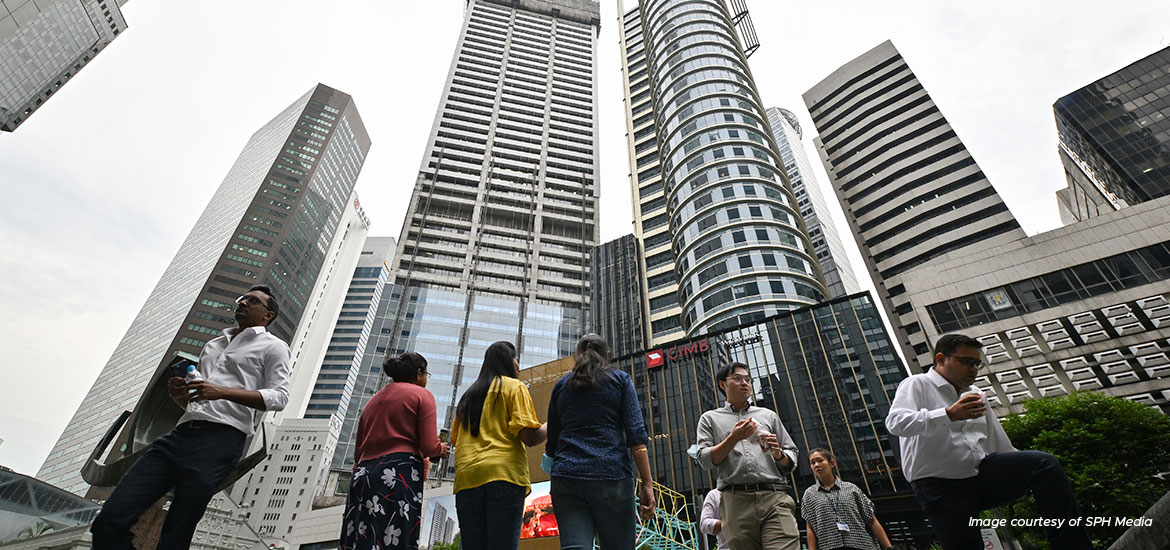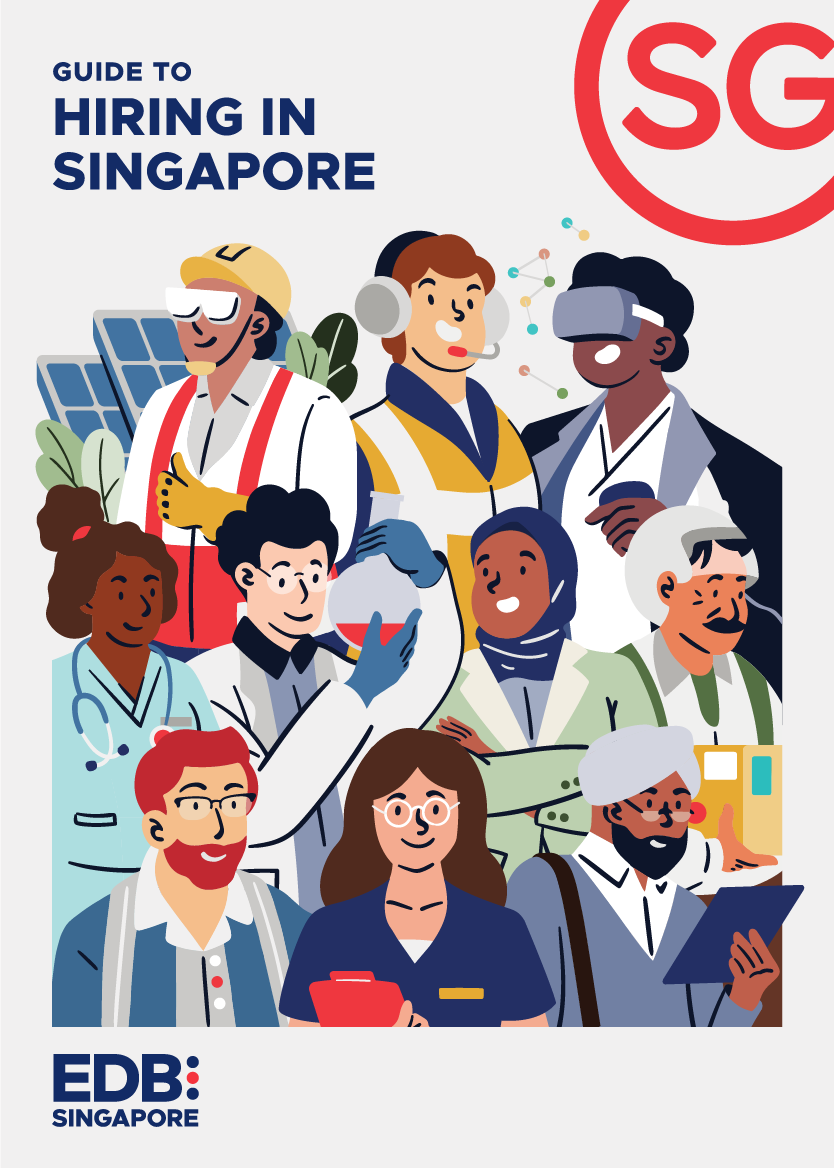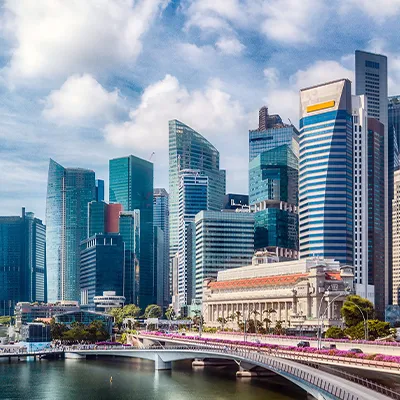Switzerland hogged first place from the start, and the United States had been the other podium companion since 2017 until this year, when it got nudged down by Denmark, which takes third place.
The study also carries a city ranking, where Singapore ranks sixth, behind American cities San Francisco, Boston, Seattle and Switzerland’s Zurich and Lausanne. Again, it is the only Asian city to be in the top 20.
Do such rankings have any practical impact? Yes, said Mr Helmi Yusoff from global consultancy Mercer.
“While studies like these are broad, they offer useful insights to global workers who are looking to relocate to another country,” he said.
This year’s 336-page electronic volume draws on 69 macroeconomic and country-level variables, and rates how countries attract overseas talent and help local workers with regulatory and business environments, as well as how states groom workers through education and training, and retain them with living and sustainability practices.
The impact these efforts have on vocational and technical workers, as well as professional and managerial workers, is collated.
Singapore topped the world for highly skilled workers, and ranked among the world’s five best on every aspect – except one: It took the36th spot for retaining talent.
The report’s co-editor and a distinguished fellow at Insead, Dr Bruno Lanvin, said: “Talent retention includes both the ability to attract talent from abroad and to offer sufficient opportunities for locally born talent to stay or return home after studying or working abroad. In this respect, Singapore suffers from the small size of its domestic market.”
Ms Lauren Huntington, employee experience solution strategist at Qualtrics, said the firm’s findings consistently showed that less than one in three workers here is satisfied or fully satisfied with his workplace experience.
“When you consider it can cost an organisation six to nine months of an employee’s salary to replace them – which is likely to be even higher for international workers – and the impact of losing high performers, the need for employers to take action to retain their best talent is even greater, especially as the country works to strengthen its position as a key hub for businesses across Asia,” she said.








